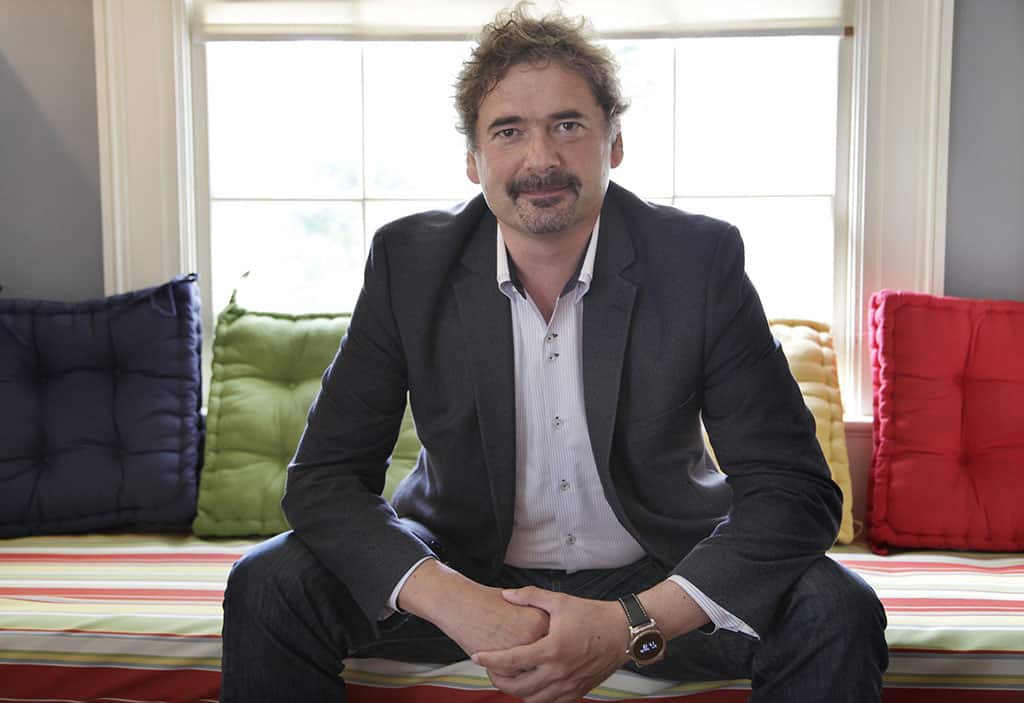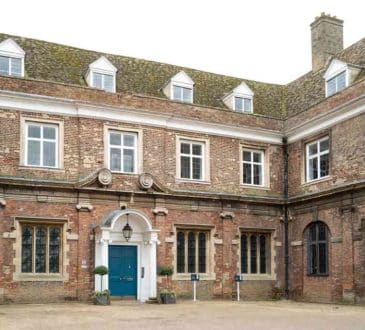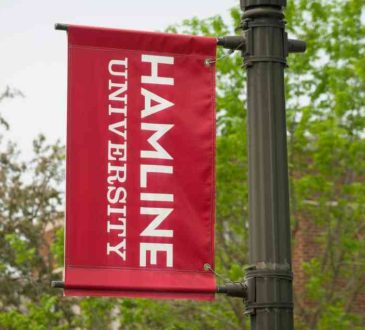Connected future: why it’s important for businesses to venture into the Internet of Things

Within a decade, many homes will have hundreds of devices connected to the web. We began this journey as Internet and web technologies began to take hold of the desktops of many people worldwide. The journey has given us the Internet on PCs, mobile and other devices. Impressive as these innovations may seem, there is a lot more to come – and a lot of work to be done.
One Web to rule them all
Right now, proprietary products and a lack of Internet of Things cohesion in terms of standards are holding us back. As we move forward, we will want to organize the standards and specifications that provide the framework for the Internet of Things devices to communicate in interoperable ways. I believe any such solution will have to have web technology at its heart.
Today’s solutions are limited in that they all have apps specific to their platforms. In the future, one web app, running in a web browser or in its own window, will ideally be able to control any device on the Internet. This doesn’t mean a monopoly: there will be plenty of such apps and all devices will ideally be interoperable.
The main change that needs to – and will – happen is the interfaces to hardware devices becoming open through open standards. There’ll have to be APIs in place so that it’s possible to put together solutions that work across devices from different vendors. There are many use cases out there already, and there will be a great deal of innovation as soon as there is general agreement that the proprietary, closed system approach is a thing of the past.
Internet of Things in our daily lives
When it comes to the impact of the Internet of Things on our lives, I feel that technology is moving more slowly than we could and should be encouraging. Even with delays, we are already seeing and can expect to see an increase in what the Internet of Things will bring to our everyday lives.
As more and more devices get connected and start working together, we can build increasingly automated processes and solutions. This would make it easy to control all the devices in our homes, in industry, science, medicine, manufacturing and beyond. Some of the most enriching future applications of technology for humanity will be within reach including:
- Virtual Surgery and Medical Treatment. Using the Internet of Things, surgeons and medical experts from around the world will be able to consult on a case and work together live to perform surgeries and treatments both to save and improve the quality of lives world over.
- Automotive, Vehicular and Aviation Safety Management. As we enter the world of self-driving cars, automated transportation and advances in aviation the Internet of Things will bring us tools to manage the safety and security of our evolving mobile world.
- Global Resource Monitoring for Public Health and Safety. From keeping track of clean water resources to calculating levels of radiation in damaged energy facilities, the Internet of Things can go a long way to creating a sustainable, healthier world and future for all humankind.
On a more personal level, IoT can bring an enhanced enjoyment to my day-to-day activities. Some of the ideas I’d love to have for my own pleasure and health include:
- Music that follows us. Imagine listening to music in your car and then coming home to the same tune? This should be easy to accomplish with an open system. A “soundtrack” to our lives.
- A learning remote that teaches our devices new tricks so that they match the requirements of the remote.
- A fitness tracking system that monitors our heart rate, blood pressure and our steps and that gives feedback on our running or walking style. Imagine it also guiding us using map data. We could modify it for sightseeing if we’re going for a walk or a run in a new city. Such a system would also send data to your electronic medical journal, helping your doctor optimize your health care plan.
Many building blocks for this type of a system are already in place. As new features get added, they should be easy to integrate. Different applications might suit different people. We are all different and we have different requirements, and it’s important that we can customize the tools we use to create better experiences!
There are lots of ideas and lots of solutions, and our first foray into the Internet of Things is just that: The beginning of a journey that will take us all to new heights.
The main point is that only with open standards and systems is there room for significant innovation. Open systems will empower small companies around the world to come up with real technology solutions based on the ever-growing, open interface devices available.
Not all devices are connected equal
Stepping back for a moment, it is important to keep in mind that not all devices should be connected to the Cloud, and only specific types of hardware should be connected directly. The most important reasons for this are security and privacy, which must be in place for public safety and a strong infrastructure. This is a critical mistake in the current, non-interoperable implementations of the Internet of Things. A move toward standardization is absolutely necessary in order to bring the vision of IoT to life.
The Vivaldi browser shows the way
Vivaldi is the world’s first browser that lets its users control theirsmart-home lighting. Taking Vivaldi into the space of the Internet of Things through the Philips Hue wireless lighting system integration is just the first step in exploring this evolution of Internet technology. We will keep thinking outside the box. What we saw with Opera was that our innovations were copied by others. We expect this with Vivaldi as well, and we are seeing this happen already. We are fine with that. We just need to keep innovating. It can only be positive if all vendors work in the direction of user-centric design and innovation. That is the world we all want to live in. We hope to lead the way.
Add CEOWORLD magazine to your Google News feed.
Follow CEOWORLD magazine headlines on: Google News, LinkedIn, Twitter, and Facebook.
Copyright 2024 The CEOWORLD magazine. All rights reserved. This material (and any extract from it) must not be copied, redistributed or placed on any website, without CEOWORLD magazine' prior written consent. For media queries, please contact: info@ceoworld.biz








